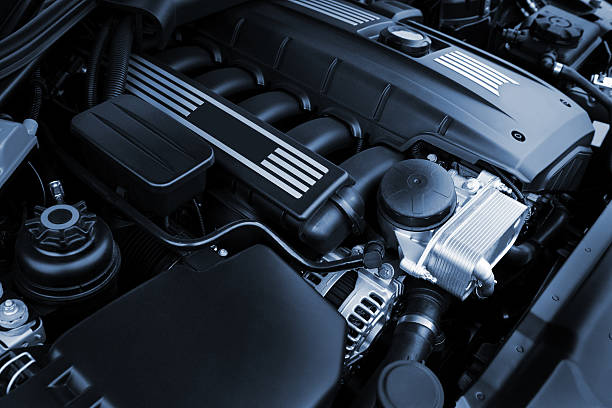Harnessing the Power of Waste Heat Recovery in Automotive Engines
The roar of an engine, the thrill of acceleration, and the satisfaction of a smooth ride are all hallmarks of the automotive experience. Yet beneath the surface lies an untapped potential that could revolutionize the way we think about fuel efficiency and performance. Enter the world of waste heat recovery systems in automotive engines – a cutting-edge technology that's turning heads and transforming the industry.

The Thermodynamic Challenge
At the heart of every internal combustion engine lies a fundamental inefficiency. Despite decades of refinement, modern gasoline engines typically convert only about 20-35% of fuel energy into mechanical power. The rest is lost as heat through the exhaust system and cooling circuits. This waste heat represents not just a loss of energy, but a missed opportunity for improved performance and reduced emissions.
Engineers have long grappled with this thermodynamic challenge, seeking ways to squeeze more power out of every drop of fuel. Waste heat recovery systems represent a paradigm shift in this quest, offering a way to reclaim energy that was once considered irretrievable.
The Thermoelectric Revolution
One of the most promising approaches to waste heat recovery in automobiles is the use of thermoelectric generators (TEGs). These solid-state devices exploit the Seebeck effect, converting temperature differences directly into electricity. When integrated into a vehicle’s exhaust system, TEGs can capture a portion of the waste heat and convert it into usable electrical power.
The potential benefits are significant. By generating electricity from waste heat, TEGs can reduce the load on the alternator, leading to improved fuel efficiency. In some cases, this technology could even eliminate the need for a traditional alternator altogether, further reducing engine load and improving performance.
Rankine Cycle Systems: Steam Power Reimagined
While thermoelectric generators offer an elegant solution, they’re not the only game in town. Another approach gaining traction is the use of Rankine cycle systems. These systems, reminiscent of steam engines of old, use the waste heat to vaporize a working fluid, which then drives a turbine to generate electricity.
The Rankine cycle approach offers higher theoretical efficiency than TEGs, potentially recovering a larger portion of waste heat. However, it also introduces additional complexity, with moving parts and fluids that must be carefully managed in the harsh automotive environment.
Integration Challenges and Solutions
Implementing waste heat recovery systems in vehicles presents a unique set of challenges. Weight, cost, and packaging constraints all come into play, as does the need to integrate these systems seamlessly with existing engine technology.
Engineers are rising to these challenges with innovative solutions. Advanced materials and manufacturing techniques are helping to reduce the size and weight of waste heat recovery systems. Meanwhile, sophisticated control systems are being developed to optimize the interaction between these systems and the engine, ensuring maximum efficiency across a wide range of operating conditions.
The Road Ahead: Future Prospects and Potential Impact
As waste heat recovery technology continues to evolve, its potential impact on the automotive industry could be profound. Beyond improving fuel efficiency and reducing emissions, these systems could enable new approaches to engine design and vehicle electrification.
In the near term, waste heat recovery is likely to find its first widespread applications in heavy-duty vehicles, where the potential fuel savings can more easily justify the added cost and complexity. However, as the technology matures and costs come down, it’s expected to make its way into passenger vehicles as well.
Looking further ahead, waste heat recovery could play a crucial role in the development of ultra-efficient hybrid powertrains. By maximizing the energy extracted from fossil fuels, these systems could help bridge the gap to a fully electric future, providing significant environmental benefits in the interim.
The journey towards fully realizing the potential of waste heat recovery in automotive engines is just beginning. As research continues and the technology matures, we can expect to see increasingly sophisticated and effective systems hitting the roads. For automotive enthusiasts and environmentalists alike, this represents an exciting frontier in the ongoing quest for cleaner, more efficient transportation.
In the grand symphony of automotive engineering, waste heat recovery systems are emerging as a powerful new instrument. By turning waste into wealth, they promise to reshape our relationship with energy, pushing the boundaries of what’s possible in automotive performance and efficiency. As we look to the future of transportation, it’s clear that the heat is on – and this time, we’re putting it to good use.





